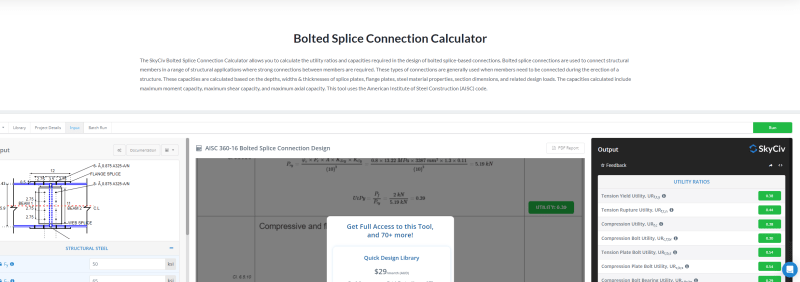GTrinh97
Structural
- May 28, 2024
- 13
I am working on designing a bolted beam splice connection for a W-Beam, with the splice located at one-third of the beam's length. However, after reviewing the AISC Steel Construction Manual (15th Edition, Volume 1), I was unable to find an example that specifically addresses this type of connection. Could anyone provide resources or examples that I could use as a reference?

